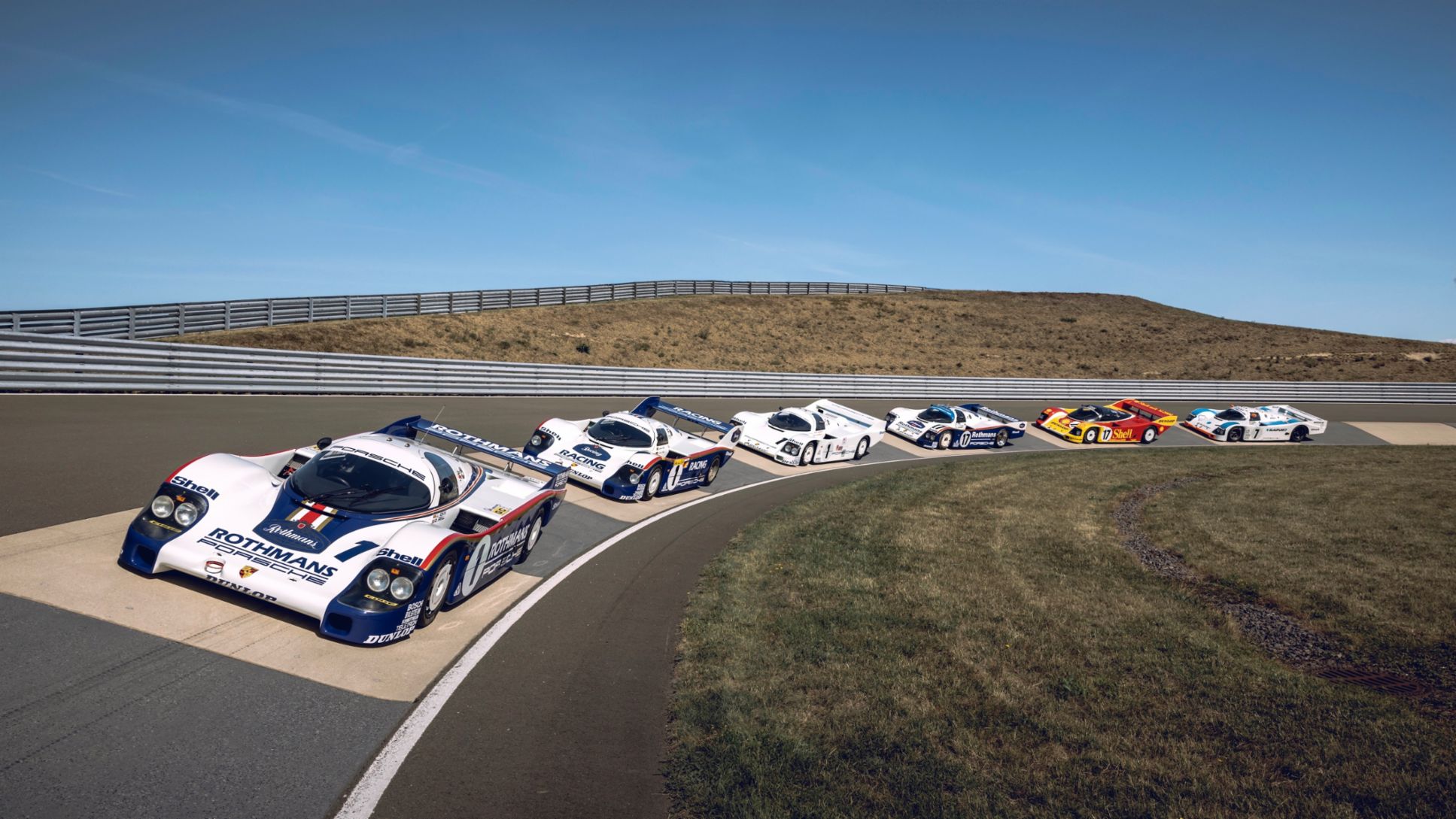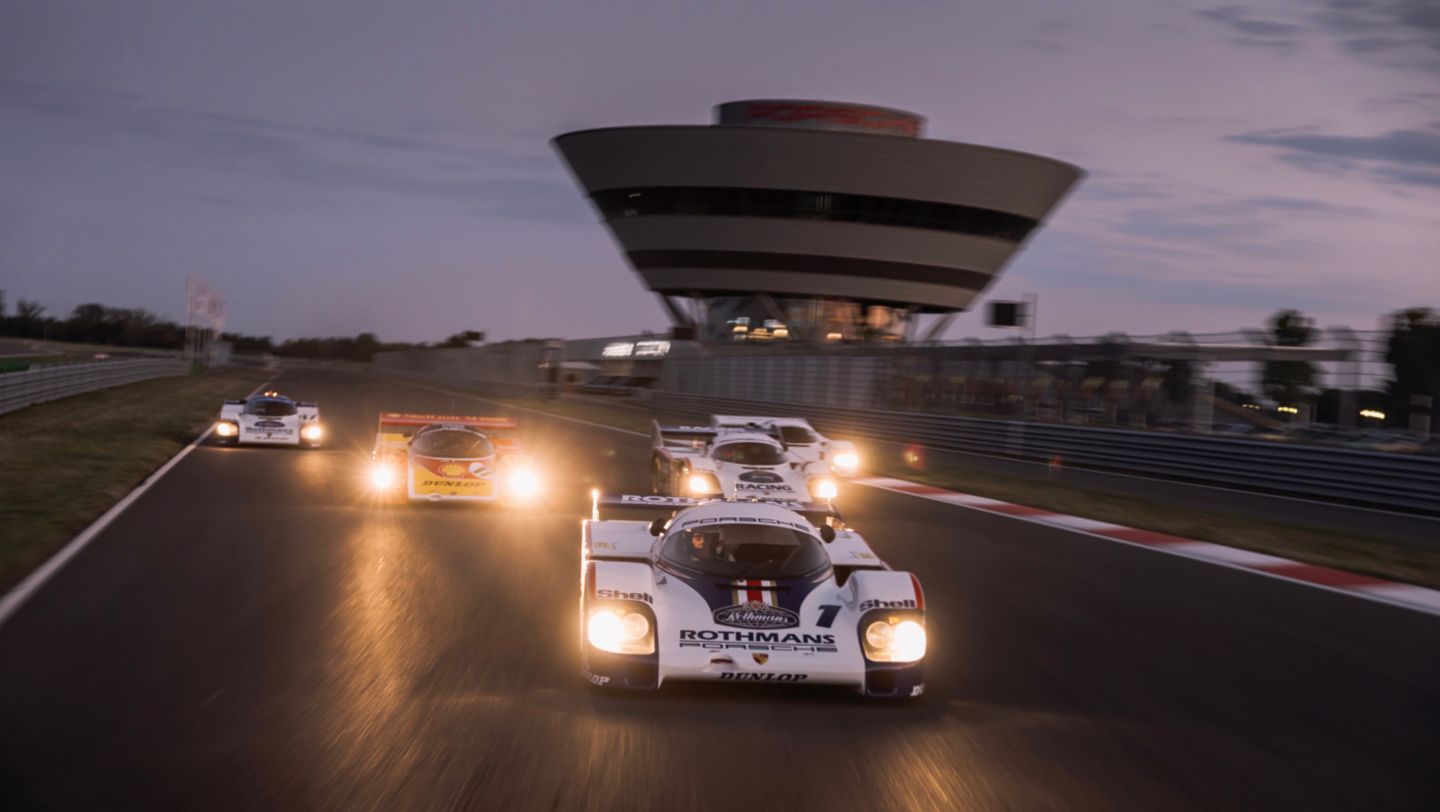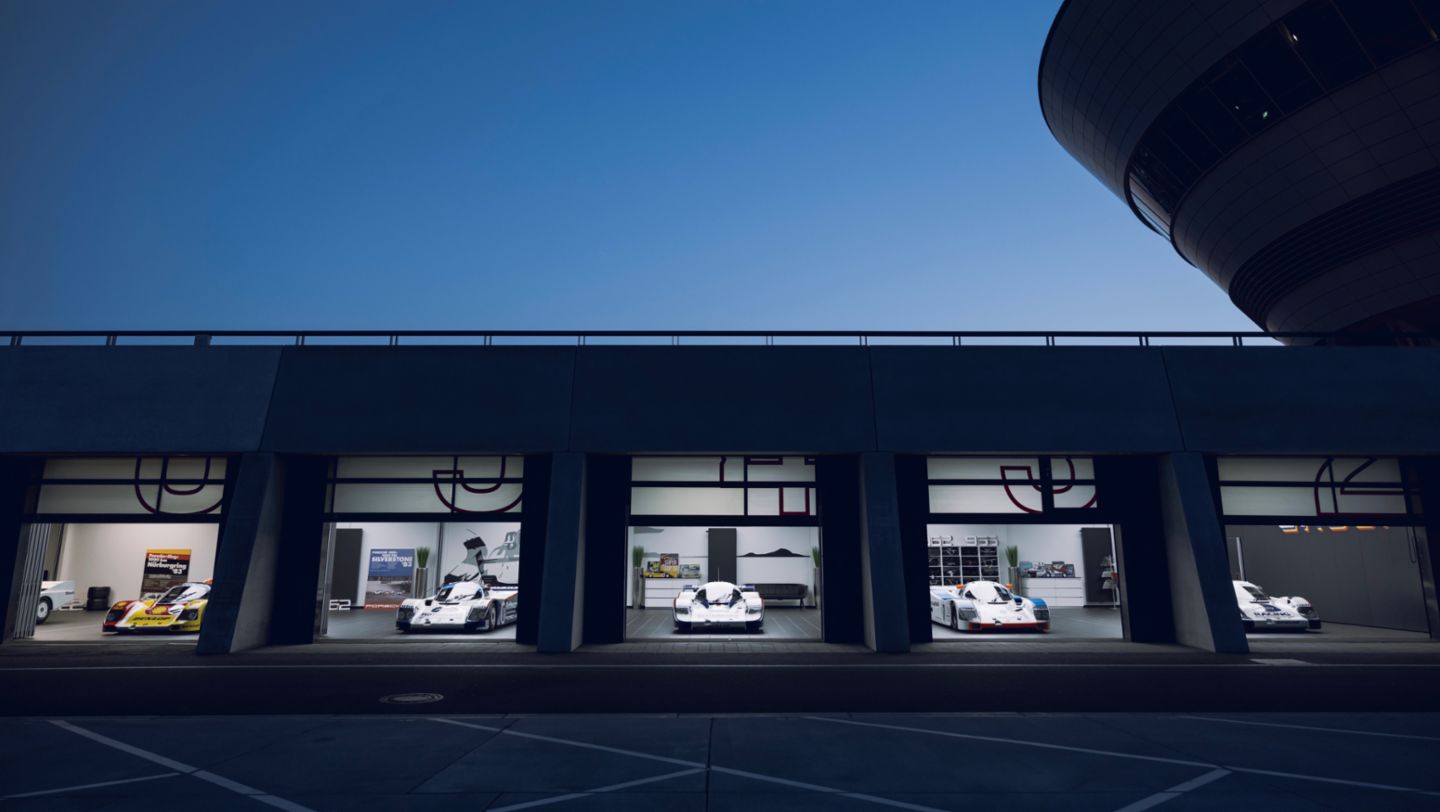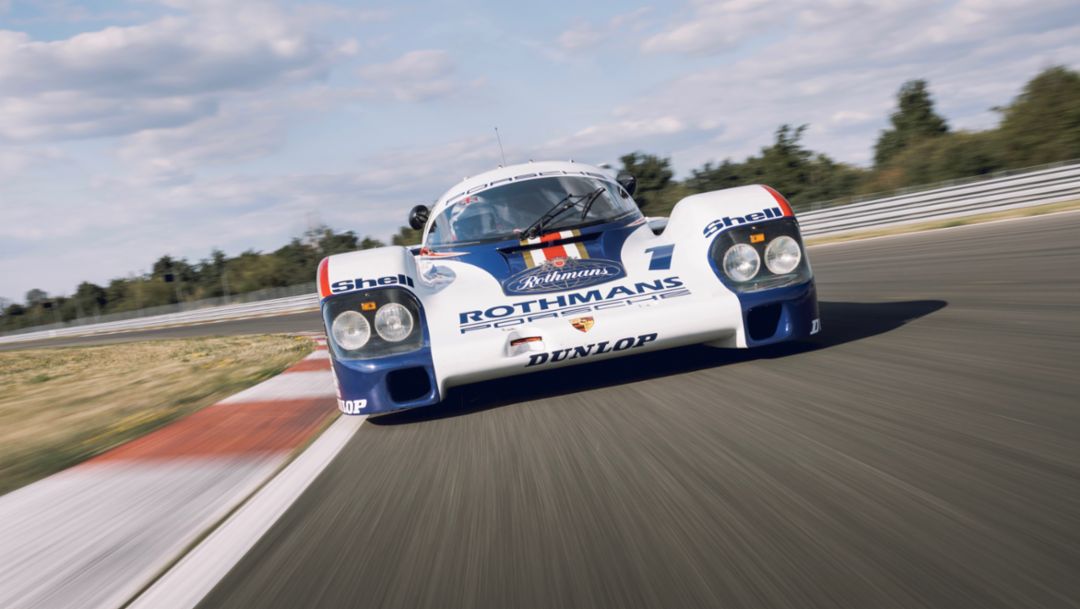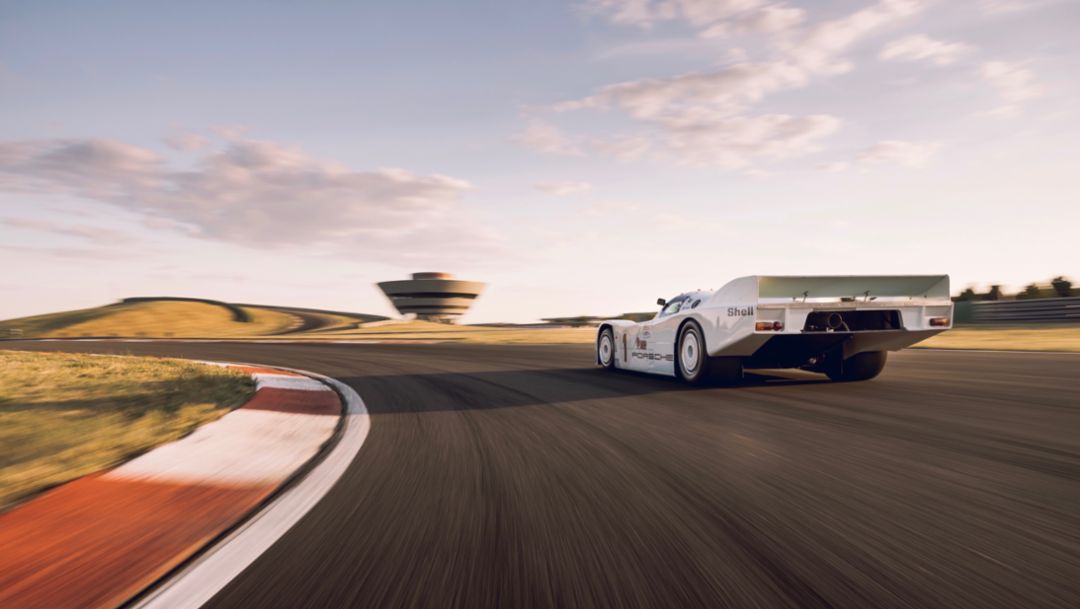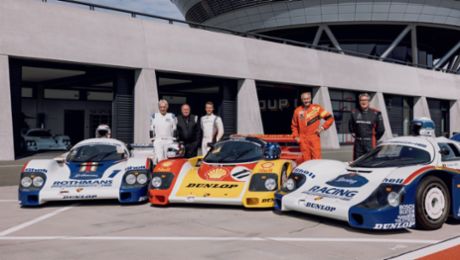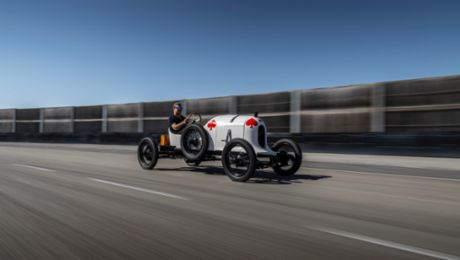The challenge at the time was to build, in record time, a new and powerful yet simultaneously low-consumption vehicle. A separate main department for motorsport was set up at Porsche for the first time to meet the challenge. Norbert Singer first had a 1:5-scale wooden model built. He recounted the story: “Ferry Porsche took a look at the model and said: ‘I wish you good luck’ and that was it. To him, it was just another racing car. He had presented so many over the years. No one knew at the time what would happen with the car. Could it be successful?”
The team then went into the wind tunnel to create an aerodynamics concept – one that would employ massive downforce to ‘stick’ the car to the ground, known today as the ‘ground effect’. Another novelty for the engineers was the pure aluminium monocoque. “It was mainly a case of ‘learning by doing’,” says Singer, looking back. “We had no idea how to build monocoques and sought help from the aircraft manufacturer Dornier. We built various boxes and in the end we actually had a monocoque. By the way: we had started thinking about a carbon monocoque back in 1982. Synthetic materials were just emerging in Formula One. But our team was just too small to develop an aluminium monocoque and a carbon monocoque at the same time.”
Bell, too, recalls the sense of promise at the time: “I had previously driven a Porsche 936 with Jacky Ickx, and we had won Le Mans in 1981. Afterwards, I was invited to the factory by Head of Development Helmuth Bott to talk about the future. Bott said: ‘Next year we’re starting in Group C.’ I had no idea what it was. He said: ‘The car will have a monocoque chassis. We’ve never done anything like this before.’ And added: ‘We’re going to use ground effect. We’ve never done that before either.’ But he also said: ‘We’ve never been wrong.’”
As the powertrain, Singer opted for the six-cylinder boxer from the Porsche 935/76, an enhanced version of the 911 engine for racing. Thanks to two turbochargers, it was not only more powerful, but also optimised in terms of fuel consumption. All other vehicle components were newly developed. The racing team was obliged to work under extreme time pressure: the final version of the Group C regulations was not released until October 1981, but the upcoming season was set to start at the beginning of 1982. Two of the three works cars were only finished two weeks before the race at Le Mans, the third just a few days before.
